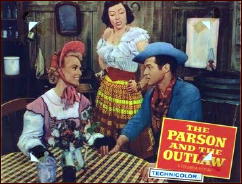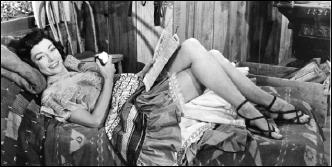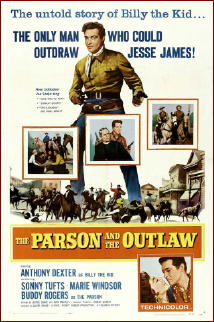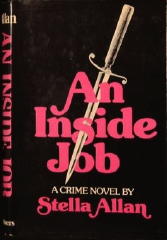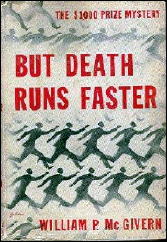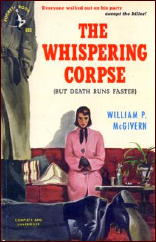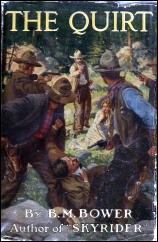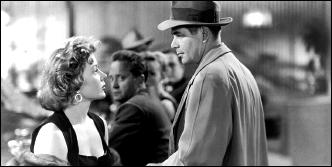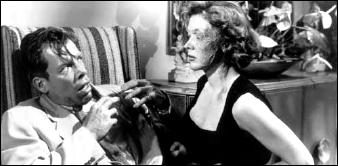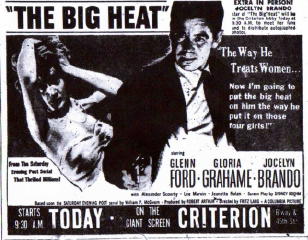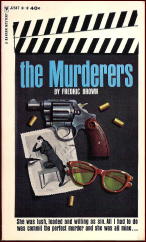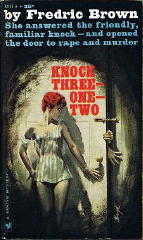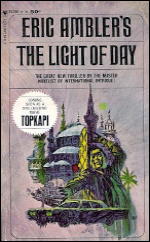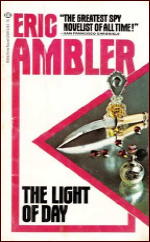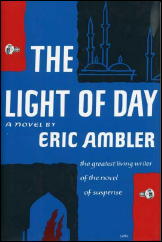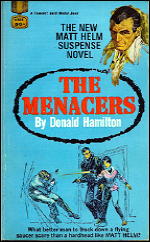Sun 26 Jan 2014
Reviewed by LJ Roberts: FELIX FRANCIS – Dick Francis’s Refusal.
Posted by Steve under Reviews[6] Comments
Reviews by L. J. Roberts
FELIX FRANCIS – Dick Francis’s Refusal. Putnam, hardcover, September 2013. Berkley, softcover, July 2014.
First Sentence: “No,†I said.
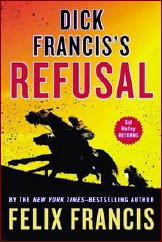
Sid Halley is married, a father, and six years retired from doing investigative work. Sir Richard Stewart approaches him asking that Sid look into race results that seem wrong. Although Sid is curious, he refuses but agrees to look over the information. However, the next day Sir Richard is found dead in his car of an apparent suicide and Sid receives a phone call, followed by escalating threats, demanding he sign a report of no wrong-doing … or else.
Having read every book written by Dick Francis, I knew I was starting with a bias. However, even distancing myself from that and trying to view this as a book from a completely different author, it did not help.
There were several major problems with this book. First, the characters. The two best characters were Charles and Chico. Sid’s wife was very poorly written. Even as a mother, worried about her child, she was overly strident and annoying. She did not convey as the type of woman Sid would have married.
Sid may have been retired for six years, but he came across as soft and insecure. Francis’s protagonists were known for their determination and doggedness. They didn’t give up, they never whined and they certainly would never have considered asking a policeman to break the law, or committing murder or blackmail.
The dialogue lacked a natural flow. I don’t know whether this was due to this being an “American†version — why do they do that? — rather than U.K, but it was choppy and somewhat painful.
On the plus side, there was fascinating information on the technological advancements in limb replacement, both with mechanical, and now, actual limb transplants. The plot did have some very good twists. Even when you think Francis has made an error, it’s lovely to discover he hasn’t.
Refusal isn’t a dreadful book, but it’s just not a very good one either. The biggest mistake was probably to resurrect Sid Halley, a character so well known and well loved by Dick Francis fans. I suspect that had one not read previous books, one would enjoy this far better than did I.
Rating: Poor.
